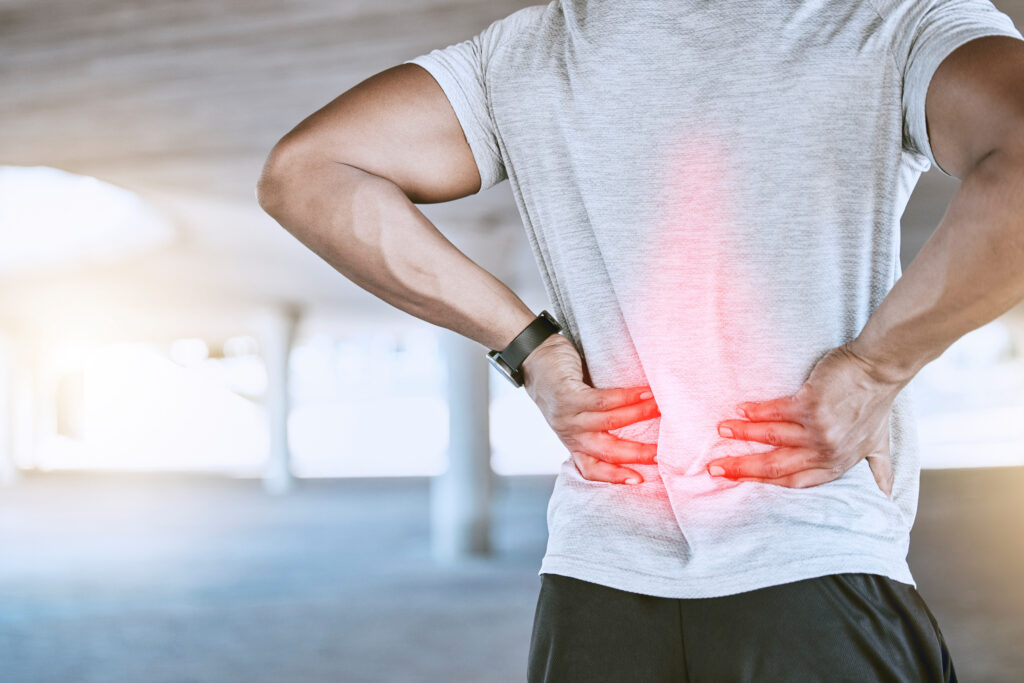When it comes to enhancing senior mobility, you might overlook simple adjustments that can make a significant difference. By modifying the home environment to eliminate tripping hazards and improve lighting, you create a safer space for seniors. Incorporating assistive devices and tailored physical activities can further support their independence. But what other strategies can you implement to guarantee they remain active and confident? Exploring community resources and support might just hold the key to revealing their full potential.
Home Environment Modifications
Improving senior mobility often begins with thoughtful home environment modifications. To create a safer, more accessible space, you'll want to assess the layout of your home. Start by removing tripping hazards like loose rugs, clutter, and electrical cords that could cause falls. Making clear pathways is essential, so make sure furniture is arranged to allow easy navigation.
Next, consider lighting. Adequate lighting can make a considerable difference in preventing accidents. Replace dim bulbs and use brighter, energy-efficient options. Install night lights in hallways and bedrooms to provide guidance during nighttime trips. Don't forget about natural light; opening curtains can help illuminate spaces during the day.
In the bathroom, non-slip mats and grab bars near the toilet and shower can enhance safety and independence. A shower chair or a handheld showerhead can also make bathing easier.
In the kitchen, keep frequently used items within easy reach, minimizing the need to stretch or climb.
Don't overlook the importance of stairs. If you have them, make sure they're well-lit and equipped with sturdy handrails on both sides. Consider adding contrasting tape on steps to increase visibility.
Finally, think about the entrance to your home. Ramps can replace steps, and wide doorways can accommodate mobility aids.
These modifications not only promote safety but also empower seniors to navigate their environment confidently. By making these adjustments, you can considerably enhance their quality of life and mobility.
Assistive Devices and Tools
When it comes to enhancing mobility for seniors, assistive devices and tools play an essential role. These items can notably improve daily activities, ensuring greater independence and safety. You might consider starting with mobility aids like canes, walkers, or rollators. These devices can provide the support needed to traverse various terrains safely, reducing the risk of falls.
Another valuable tool is a grab bar, which can be installed in bathrooms or near stairs. This simple addition can offer vital support while standing or transferring between surfaces.
You'll also want to explore raised toilet seats and shower chairs, which can make everyday routines more manageable and comfortable.
For those who struggle with balance or stability, consider using a stairlift or a ramp. These devices can make moving through your home much easier, allowing access to different levels without the strain.
Additionally, if you're looking for options outside the home, scooters or power chairs can be invaluable for longer distances, enabling you to enjoy outings with friends or family.
Don't forget about smart home technology. Voice-activated assistants can help you control lights, thermostats, and even appliances, making daily living more convenient.
In choosing the right assistive devices, remember to focus on your specific needs and preferences. By integrating these tools into your life, you'll foster a more active and fulfilling lifestyle, promoting both mobility and overall well-being.
Tailored Physical Activities
Incorporating tailored physical activities into your routine can greatly enhance mobility and overall health. When you choose exercises that fit your individual needs and abilities, you're more likely to stick with them and see positive results.
Start by evaluating your current fitness level and identifying any limitations or preferences. This personal approach guarantees that your activities are both enjoyable and beneficial.
Consider low-impact exercises like walking, swimming, or cycling. These activities can improve cardiovascular health without putting too much strain on your joints. You might also want to incorporate strength training with light weights or resistance bands, which can help build muscle and improve balance.
Aim for sessions that last 20 to 30 minutes, gradually increasing intensity as you become more comfortable.
Flexibility and balance exercises, such as yoga or tai chi, are also fantastic additions. They not only enhance your physical mobility but can also promote mental well-being. Plus, they're adaptable to various skill levels, making them accessible for everyone.
Don't forget the importance of incorporating fun activities like dancing or gardening. Engaging in hobbies you love can motivate you to stay active.
Aim for a mix of aerobic, strength, and flexibility exercises throughout the week.
Safety Considerations
As you commence on your journey to boost mobility, it's essential to prioritize safety to prevent injuries and guarantee a positive experience.
Start by evaluating your environment. Remove any obstacles, such as loose rugs or clutter, that could lead to trips and falls. Make sure that walkways are clear and well-lit to help you navigate safely.
Next, consider your footwear. Wearing supportive shoes with non-slip soles can greatly reduce the risk of slipping. Avoid loose, floppy footwear that might hinder your stability. If you use mobility aids, like canes or walkers, ensure they're in good condition and adjusted to your height. These tools should provide you with the support you need without compromising your balance.
When engaging in physical activities, listen to your body. If you feel pain or discomfort, don't push through it—take a break and reassess your approach. Gradually increase the intensity of your exercises to avoid overexertion. Always warm up before starting any activity to prepare your muscles and joints.
Lastly, consider your hydration and nutrition. Staying hydrated can improve your focus and energy levels, which are essential for maintaining balance. A well-balanced diet will fuel your body and support your overall health.
Community Resources and Support
Finding community resources and support can considerably enhance your mobility journey. You don't have to navigate this path alone; local organizations, government programs, and support groups are ready to help.
Start by checking out community centers, which often offer mobility assistance programs, exercise classes specifically for seniors, and social activities that keep you engaged and active.
Don't overlook local non-profits that focus on senior services. They can provide transportation options, home modifications, or even connect you with volunteers who can assist you in your daily activities. Many cities have programs specifically designed to assist seniors in maintaining their independence, so be sure to explore those options.
Another valuable resource is your healthcare provider. They can recommend physical therapists who specialize in mobility issues for seniors. This can lead to tailored exercises and strategies that directly address your unique needs.
Additionally, discussing your mobility challenges with your doctor can open doors to other supportive resources in your community.
Don't forget about online forums or local social media groups. These platforms can connect you with others facing similar challenges. Sharing experiences and advice can be incredibly beneficial, and you might discover local meetups or classes that you wouldn't find otherwise.
Conclusion
By making simple adjustments to your home, utilizing assistive devices, and engaging in tailored physical activities, you can greatly boost your mobility. Prioritize safety by eliminating hazards and ensuring your pathways are clear. Don't forget to tap into community resources for additional support and encouragement. Embracing these changes not only enhances your strength and confidence but also empowers you to maintain your independence and enjoy a more active lifestyle. Stay proactive and keep moving forward!



